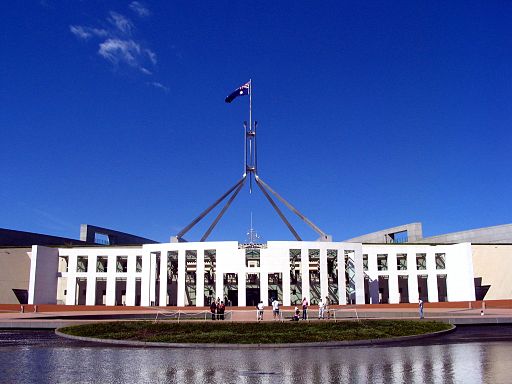In the 18 years from 1989-90 (the base of the consumer price index) to March 2008, the “private motoring” component of the CPI has risen at an average annual rate of 2.7%. That’s happens to be exactly the same rate as the broad “all groups” index. In other words, the real (inflation adjusted) price of private motoring remains unchanged.
How, we might ask, can this be so in light of rising gasoline prices? The reason is that as gasoline prices have risen at a hefty compound rate of 4.7% a year, the price of cars has hardly moved; in fact it has fallen a little. In real terms, cars are now 40% cheaper than they were 18 years ago – and they last longer.
Of course, many people still have the burden of old gas guzzlers, but for most people the total cost of driving has not moved.
Spare a thought, however, for those who use urban transport, for over the same period urban transport fares have risen at 4.7% a year – the same rate as gasoline. Governments may not be able to do much about crude oil prices, and higher prices will help us adapt to scarcity, but governments can do something about public transport fares.



